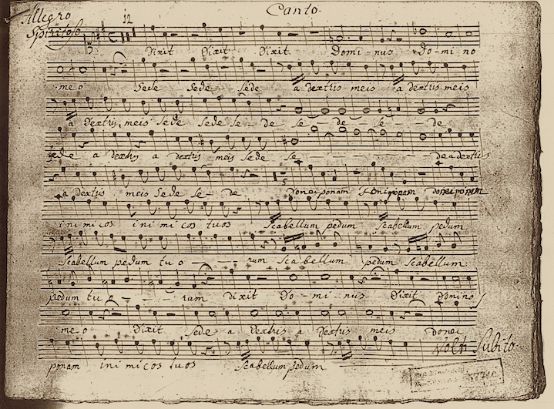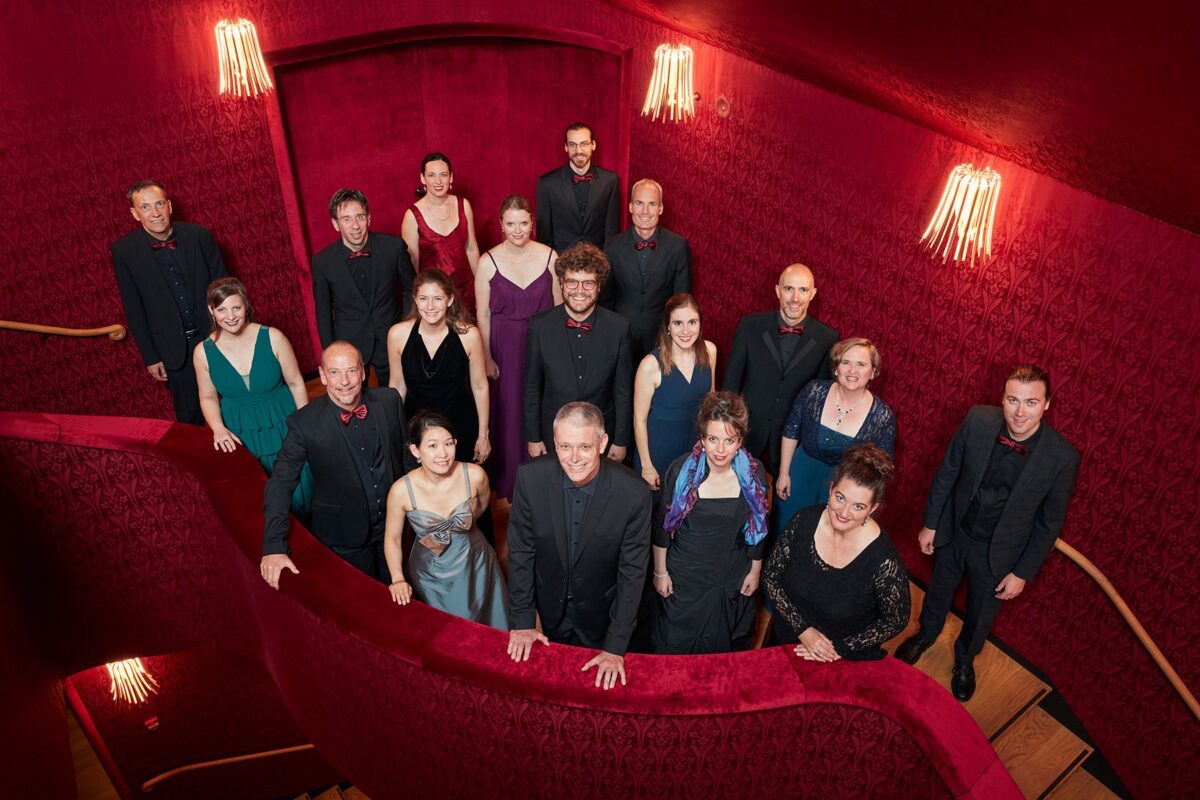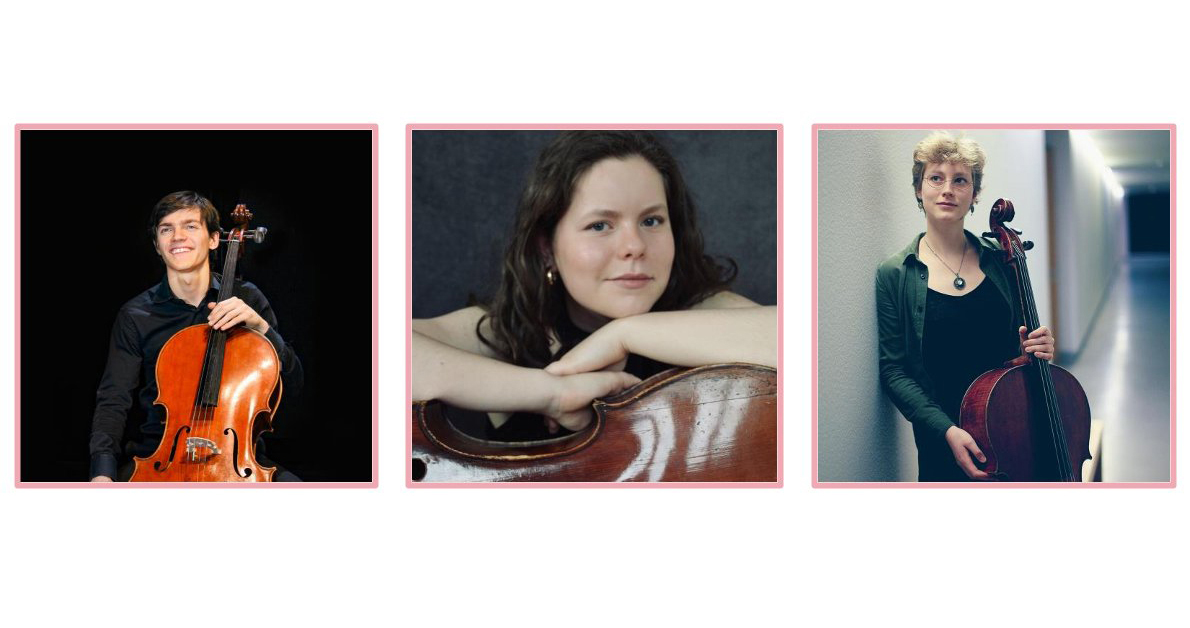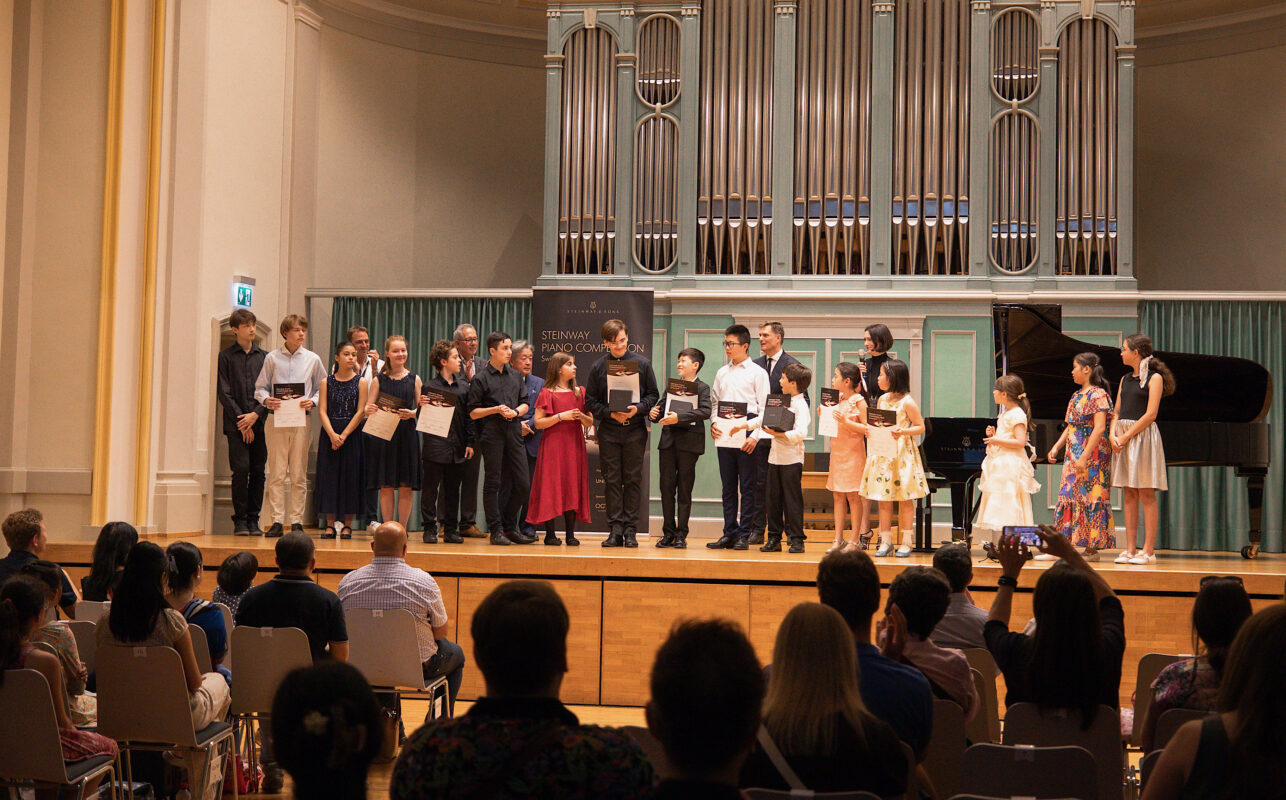Farewell with a new discovery
Mario Schwarz concludes his many years of work with the Collegium Musicum Ostschweiz with first performances of Baroque gems. He describes Pergolesi's recently discovered cantata "Dixit Dominus" as a sensation.

Giovanni Battista Pergolesi is no stranger to fame; for a long time he was even a cult figure. How can it be explained that an important work has only now come to light?
Mario Schwarz: There is an endless amount of material stored in the monastery libraries and there are few people who rummage around. One of them is Friedrich Hägele from Aalen. He has Pergolesi's Dixit Dominus was unearthed in the library of the canons' monastery of Beromünster. The Missa Solemnis in C con organo concertante by František Xaver Brixi, which we are performing in the same concert, was found by Karlheinz Ostermann from Silz in Tyrol, like many others, in the library of Ottobeuren Monastery. It is a laborious task that not everyone takes on. You don't find scores, but individual parts, copies or even copies of copies. In Pergolesi's case, the material was particularly miserable. Everyone who had anything to do with it cursed the poor scribe who was at work there. I didn't deal with this material myself. But there were a thousand questions in the score produced from it; I spent hours on the phone with the editor.
Was the work worth it? Although Pergolesi was only 26 years old, his catalog of works contains a considerable number of church compositions, including another "Dixit Dominus".
It is a wonderful work in terms of its structure, larger than its sister work, and I also think that it has a future. It shows a clever distribution of the solos, the solo ensembles and the choir, there is a nice variety. In addition, this music is not only very singable, but also very clearly composed in relation to the text. The beginning, for example, with the declamatory "Dixit" call gets under your skin, or the end with the long note values in the stile antico to "Sicut erat in principio" (As it was in the beginning) has real grandeur. It is all very emotional and also pictorial - an organ point marks the footstool for the Lord's feet, which the enemies are to become.
How certain is the authorship? According to MGG, the legendary reputation of the genius, who died young, led to a flourishing trade in falsely attributed or forged compositions. In Pergolesi's case, the ratio of authentic to fake works is said to have peaked at 1 to 10.
There is no proof of the authenticity of this work; to date, no original sheet music or even a reference to a performance has been found. It is also unknown how the work ended up in Beromünster Abbey - and incidentally, a much abridged version also ended up in the library of Einsiedeln Abbey. There is no historical evidence, only the compositional handwriting as we know it from the confirmed works and which can be found here, typical rhythms, the treatment of fermatas. There is no proof, but stylistically one has the strong feeling that a very good composer was at work here and that the publisher is right to publish it under the name Pergolesi.
Mario Schwarz has conducted the Collegium Musicum Ostschweiz for more than 40 years. He has particularly made a name for himself with world premieres by Swiss composers, for example in 2004 with the opera Tredeschin by Gion Antoni Derungs. In 2009, he was able to launch Heinrich von Herzogenberg's violin concerto. In 2010, he conducted Derungs' scenic musical work on the 100th anniversary of Henry Dunant's death Henry Dunant - The libretto was written by Hans-Rudolf Merz (SMZ 12/2010, page 25).
Farewell concert by Mario Schwarz
First performances by F. X. Brixi and G. B. Pergolesi
Sun April 09, 5 p.m., Stiftskirche Bischofszell
Thursday, April 13, 7 p.m., St. Fiden Church, St. Gallen
Fri April 14, 5 p.m., Protestant Church HeidenMuriel Schwarz, soprano; Kismara Pessatti, alto; Nik Kevin Koch, tenor; Chasper-Curò Mani, bass; Christian Busslinger, organ; choir and orchestra of the Collegium Musicum Ostschweiz








